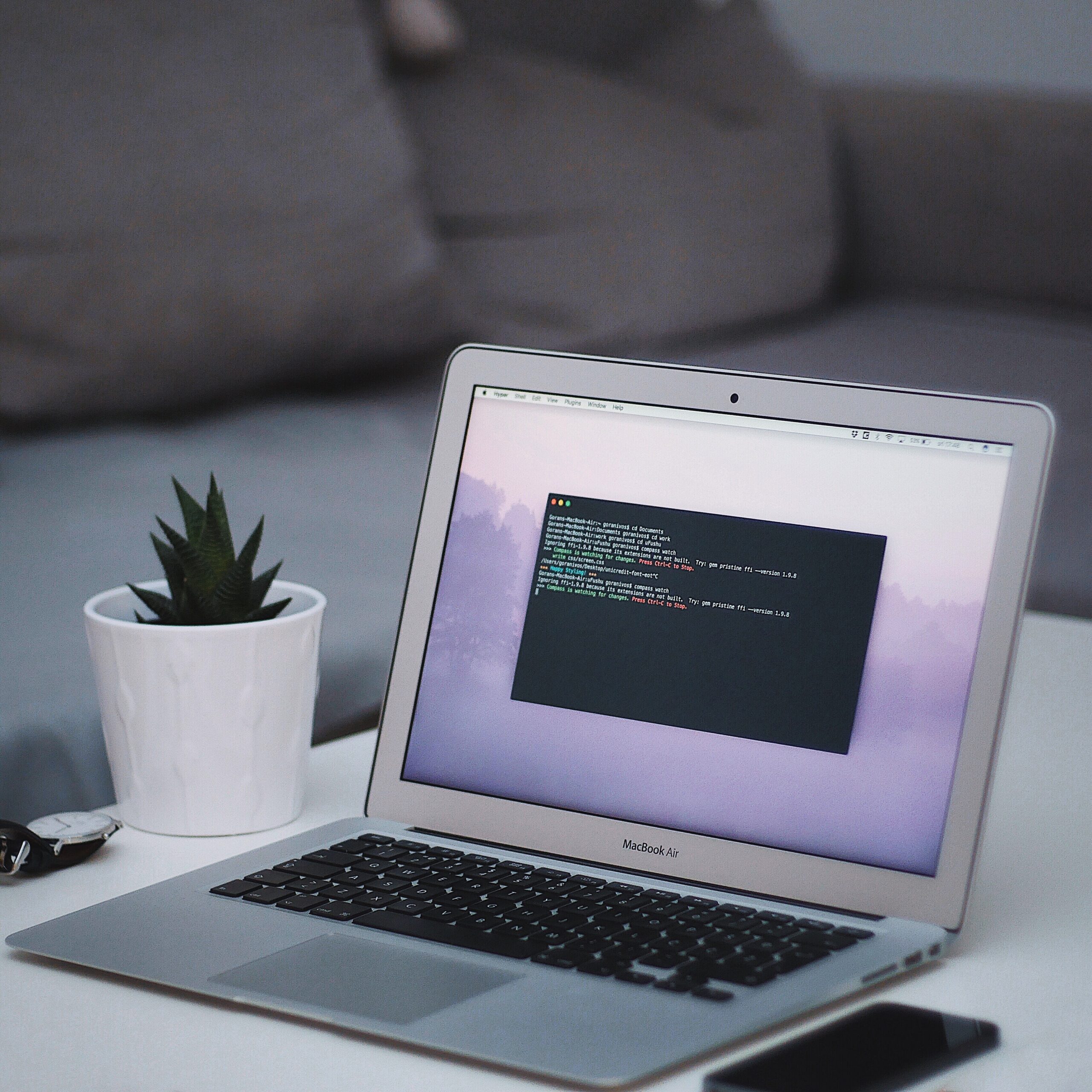In this guide, we will provide a comprehensive overview of troubleshooting common computer issues. Whether you are experiencing slow performance, software errors, or hardware malfunctions, this guide will help you identify and resolve the problem. By following the steps outlined below, you can save time and money by troubleshooting your computer on your own.
Identifying and Resolving Software IssuesChecking for UpdatesRunning Antivirus ScansClearing Temporary FilesUninstalling Unnecessary ProgramsDiagnosing and Fixing Hardware IssuesChecking ConnectionsRunning Hardware DiagnosticsCleaning Dust and DebrisUpdating DriversTroubleshooting Internet Connectivity IssuesRestarting Modem and RouterChecking Network SettingsResetting TCP/IP StackContacting Internet Service ProviderConclusion
Identifying and Resolving Software Issues
Checking for Updates
- Explain the importance of keeping software up-to-date
- Provide step-by-step instructions on how to check for updates on different operating systems
Running Antivirus Scans
- Explain the importance of antivirus software
- Provide step-by-step instructions on how to run antivirus scans using popular antivirus programs
Clearing Temporary Files
- Explain the impact of temporary files on computer performance
- Provide step-by-step instructions on how to clear temporary files on different operating systems
Uninstalling Unnecessary Programs
- Explain the impact of unnecessary programs on computer performance
- Provide step-by-step instructions on how to uninstall programs on different operating systems
Diagnosing and Fixing Hardware Issues
Checking Connections
- Explain the importance of checking hardware connections
- Provide step-by-step instructions on how to check connections for common hardware components (e.g., monitor, keyboard, and mouse)
Running Hardware Diagnostics
- Explain the importance of running hardware diagnostics
- Provide step-by-step instructions on how to run hardware diagnostics using built-in tools or third-party software
Cleaning Dust and Debris
- Explain the impact of dust and debris on hardware performance
- Provide step-by-step instructions on how to clean dust and debris from different hardware components (e.g., CPU, fans, keyboard)
Updating Drivers
- Explain the importance of updating drivers for optimal hardware performance
- Provide step-by-step instructions on how to update drivers on different operating systems
Troubleshooting Internet Connectivity Issues
Restarting Modem and Router
- Explain the importance of restarting networking devices
- Provide step-by-step instructions on how to restart the modem and router
Checking Network Settings
- Explain the importance of checking network settings
- Provide step-by-step instructions on how to check network settings on different operating systems
Resetting TCP/IP Stack
- Explain the impact of a corrupted TCP/IP stack on internet connectivity
- Provide step-by-step instructions on how to reset TCP/IP stack on different operating systems
Contacting Internet Service Provider
- Explain when it is necessary to contact the Internet service provider
- Provide guidance on how to contact the internet service provider for assistance
Conclusion
By following the troubleshooting steps outlined in this guide, you can effectively diagnose and resolve common computer issues. Remember to always keep your software up to date, run regular antivirus scans, and perform routine maintenance on your hardware. With these practices in place, you can keep your computer running smoothly and avoid unnecessary downtime.










